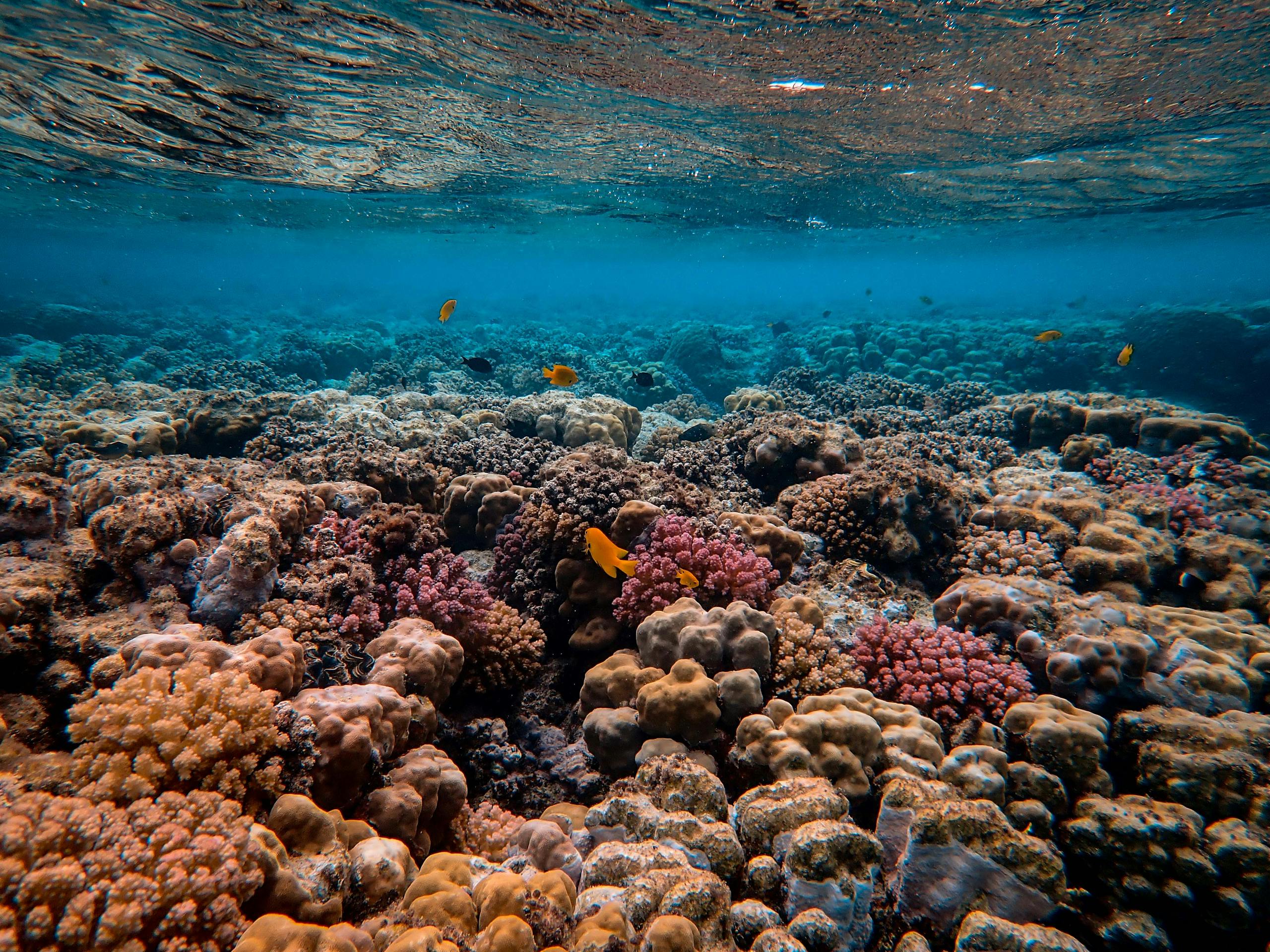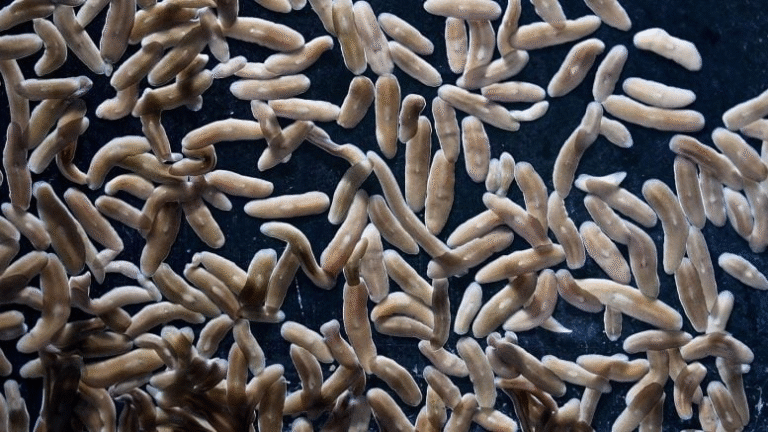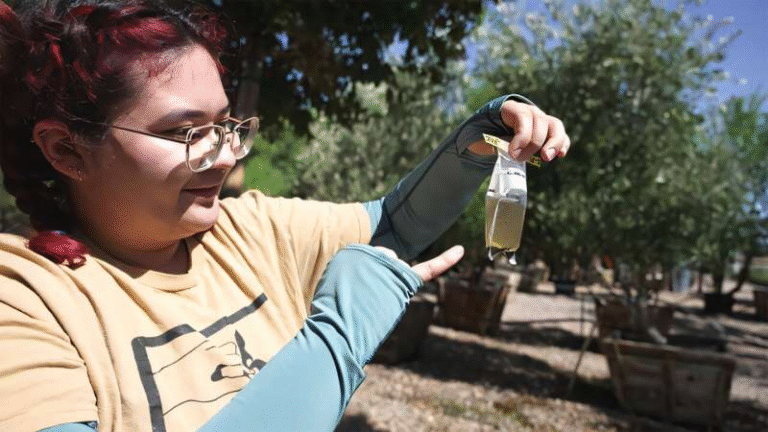Fiji’s Coral Reefs Show Remarkable Recovery After Category 5 Cyclone

In a striking example of ecological resilience, coral reefs in Fiji have bounced back after the devastation of Tropical Cyclone Winston in 2016—a Category 5 storm that left major damage in its wake. A newly published study reveals how hard coral cover dropped by more than half on average, yet within four years the reef communities had reassembled to nearly their pre-cyclone condition.
What was studied & where
Researchers from the Wildlife Conservation Society (WCS), the University of the South Pacific (USP) and partner organisations focused on 18 reef sites across two large barrier reef systems in Fiji. The study included surveys conducted prior to the cyclone, immediately after, and then again four years later in 2020. (Phys.org)
What they found: damage right after the storm
In 2016, the cyclone impacted these reefs severely. On average, there was a 54 % decline (±8) in hard coral cover, with the most affected coral types being the branching and plating forms of the genus Acropora. (SpringerLink) In some very exposed sites—those directly in the path of the storm—the loss of hard coral cover reached as much as 91 %. (Phys.org) Alongside this loss, there was a marked increase in rubble and turf algae—indicating a shift in benthic (seafloor) community structure. (pipap.sprep.org)
How they assessed the damage & recovery
The research team combined long-term survey data (pre- and post-cyclone) with wave modelling to assess how exposure to extreme storm waves linked to reef damage. In short, reefs that faced higher wave energy during the cyclone tended to suffer more severe losses. (SpringerLink) The modelling estimated that wave conditions experienced during the cyclone were around 11 standard deviations above long-term averages—which underscores how extreme the event was. (pipap.sprep.org)
Signs of recovery by 2020
By the year 2020, the reefs in the study had shown substantial recovery. While the study notes variability across sites, the overall community composition of corals and associated benthic organisms had reassembled to near pre-cyclone conditions in many cases. (Phys.org) The recovery was supported by two critical ecological conditions: high biomass of herbivorous fish and a good supply of coral larvae from surrounding reefs (connectivity). (Oceanographic)
What drove this resilience?
The study highlights a set of favourable conditions that appear to have enabled such a recovery:
- High connectivity: The reefs are in regions with strong currents (such as the Bligh Waters between Fiji’s main islands) that promote larval dispersal and recruitment. (SpringerLink)
- Healthy baseline conditions: Before the cyclone, these reef systems were relatively intact with strong ecological foundations.
- High herbivorous fish biomass: These fish help control algae, which otherwise can dominate after coral loss and inhibit coral recovery.
- Local reef management & protection: The sites were part of locally-managed marine areas or no-take zones, which removed or reduced chronic local stressors like overfishing. (SpringerLink)
Interestingly, the study found that no-take status alone did not guarantee faster recovery—rather the combination of favourable biophysical conditions plus effective local management seemed critical. (SpringerLink)
Management relevance & broader implications
For Fiji, these findings are timely. The country is developing its first National Action Plan for Coral Reef Conservation, and this research provides strong scientific backing for prioritising reef sites with strong recovery potential. (Phys.org) The study argues that not all reefs respond equally to extreme disturbance, thus identifying high-integrity, climate-resilient reefs should be a conservation priority.
Globally, the implications are encouraging: in a time when many reef reports highlight decline and collapse, this case from Fiji offers a clearer view of what recovery looks like and under what conditions it is possible. As one co-author notes, ecosystems that “start from high integrity baselines” are more likely to bounce back from large shocks. (Phys.org)
Important caveats
- Recovery was not uniform: Some reef sites remain more damaged or slower to recover than others.
- “Recovery” in terms of coral cover and community composition does not always mean full restoration of everything (structural complexity, species diversity, long-term stability).
- Future disturbances (e.g., severe bleaching, successive cyclones, sedimentation, pollution) may reduce the ability to recover. This single event’s rebound is encouraging, but other stressors may accumulate.
- The study’s sites were relatively well-managed and benefited from strong connectivity and favourable oceanographic conditions—less healthy or more isolated reefs may fare worse.
Extra Info – How Coral Reefs Respond to Cyclones
What happens to reefs when a cyclone hits?
When a strong tropical cyclone passes over reefs, it typically brings:
- Large wave energy and surge, often breaking coral colonies and overturning large structures.
- Sediment resuspension and abrasion of coral tissue.
- Shifting of coral rubble and substrate instability, which can hamper coral larval settlement.
- Abrupt changes in benthic community structure—hard corals may collapse, turf algae can move in.
- The magnitude of damage can depend on depth (shallower reefs often worse), orientation to the storm track, and local topography.
What determines a reef’s ability to recover?
Key factors include:
- Coral life-history traits: Fast-growing branching/plate corals (like Acropora) can recolonize faster but are also more vulnerable.
- Structural complexity: Reefs with more 3D structure support higher biodiversity and fish biomass, aiding recovery.
- Larval supply & connectivity: If neighbouring reefs supply larvae, recovery chances improve.
- Herbivore populations: These keep algae in check, preventing “phase shifts” from coral to algae dominance.
- Reduced chronic stressors: Without over-fishing, pollution or sedimentation, reefs have better resilience.
- Management & protection: Marine protected areas, community stewardship and appropriate governance raise the odds.
Why is this timely in the context of climate change?
With climate warming, two big threats to coral reefs are ramping up:
- More intense and frequent marine heat-waves (leading to bleaching).
- Stronger tropical storms/ cyclones (driven by higher sea surface temperatures) and bigger wave energy hitting reefs.
The Fiji study shows that even after a high-intensity event (wave exposure ~11 SD above average) reefs can recover, provided conditions are good. This suggests hope, but also emphasises that not all reefs will have those favourable conditions. Therefore, prioritising conservation investment in reefs with high resilience potential is becoming increasingly important.
In summary, the new research on Fiji’s coral reefs gives a detailed, data-rich example of how reefs can recover from extreme disturbance. The key take-aways are that while major damage occurred (on average a 54 % drop in hard coral cover, up to 91 % in some spots), within four years many reef sites were well on the way to recovery. Good baseline ecological health, strong connectivity, herbivore populations and thoughtful local management were critical enablers. For conservation, this means we should focus not only on protecting reefs, but on protecting the right reefs—those with the greatest capacity to bounce back.
Research paper: Ford A.K. et al., Comparing impacts and recovery of locally managed reefs after exposure to extreme waves from a category 5 cyclone, Coral Reefs (2025). DOI: 10.1007/s00338-025-02717-7 (SpringerLink)





